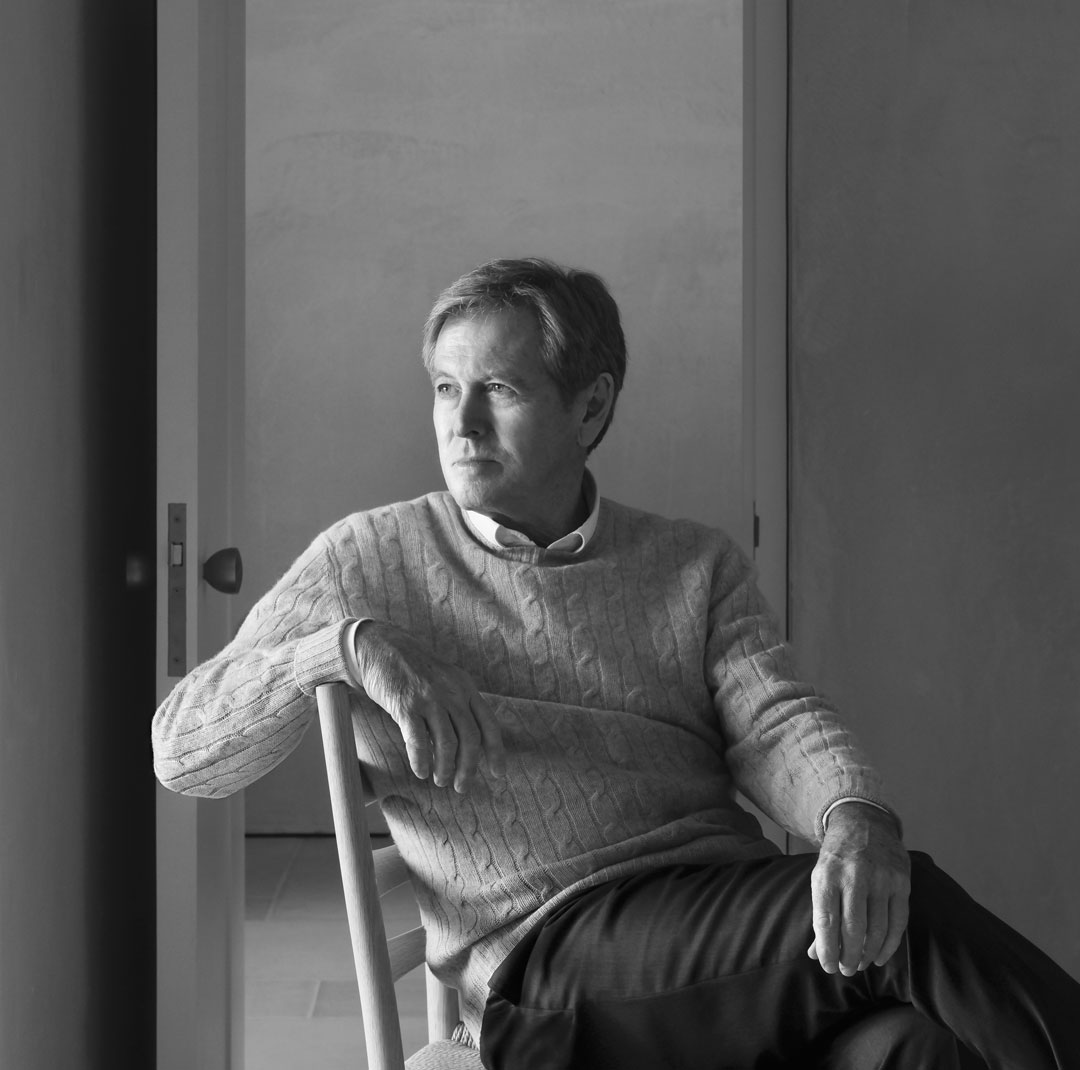
INTERVIEW: John Pawson on Calvin Klein, The Design Museum and one piece of advice he'd give to his younger self
The architect talks through the projects in his new book and why it's never a good idea to send your fee back in our Holiday Long Read
You need to be strong-willed to create buildings as exquisitely simple and calm as those featured in John Pawson: Anatomy of Minimum. This new book, which showcases a group of recent projects, exudes a celestial sense of calm quite at odds with the fiery drive that pushed Pawson to the top of the profession. As he explains in this interview, he might not be quite so single-minded any more, but his early missteps simply drove him on, and perhaps made him do twice as well.
What was your experience of making this book? Books are always a way of taking stock. You review the last five or ten years work and see what you want to put in. It's a way of distilling your thoughts but also getting across a pint of view.
You're known for perfection in your work but do you see the imperfections when looking back? No. I’ve never worked like that. I’ve always tried as hard as possible to try and get it right. Obviously building is an imprecise trade; you’re not fine-tuning a piece of engineering. It’s bricks and mortar.
Obviously we have the chance to go on working on the objects we design that go into buildings - the cups and knives and forks - for as long as we want, until we think we’ve got it right. But with a building you can’t do that. You have to commit at some point. You can't erase a wall and then re-draw it on site. Of course, I did when I started but that’s a sure fire way to lose clients!
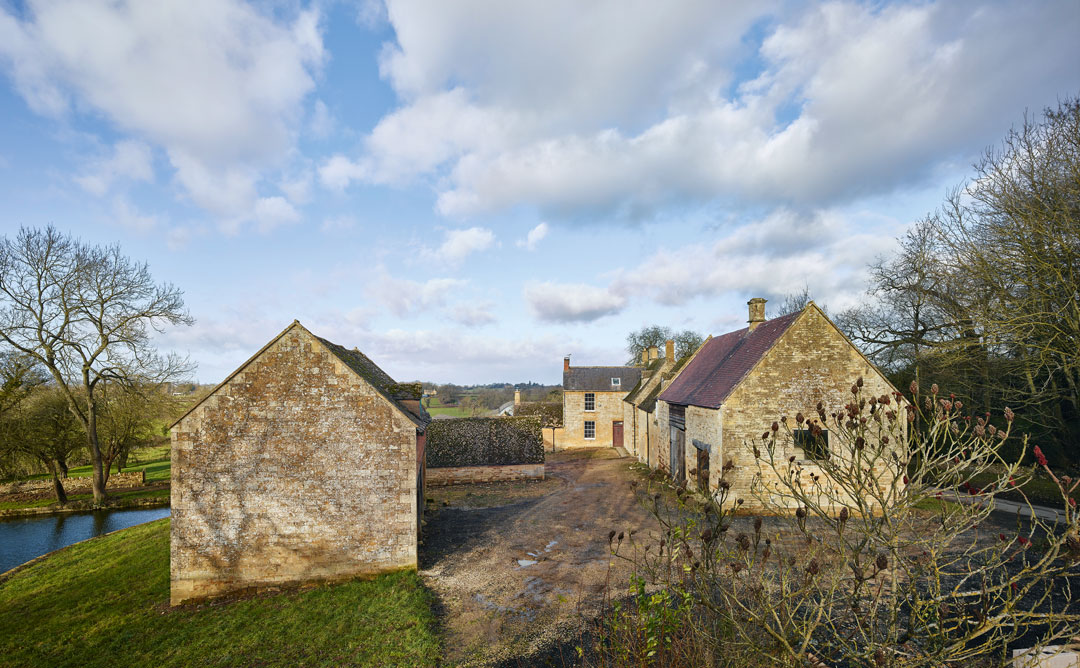
You turned 70 this year, did that make for a moment of reflection? Perhaps. I’ve been doing this for thirty or forty years, and before that working with my dad in the fashion business, working as a photographer and teaching in Japan. There’s been other things but I’m amazed by, because I’ve been doing this stuff solidly and enthusiastically for 40 years. I guess, in some respects the big change for me is the energy level isn’t there as much and, of course, certain things aren’t new anymore. You’re perhaps not quite as excited by a particular thing. But it’s amazing to be still so enthusiastic.
The big change probably is I listen to people and clients, whereas before I had something to get out and I was going to get it out at whatever cost to me or them, and it didn’t always work.
When you look through the book at buildings you’ve created is it a bit like looking back at old relationships? Well, I think you definitely see them in terms of people. I see the monastery as the monks, and obviously I see Calvin Klein and Iain Schrager in the work i did for them. We never finished the building for Martha Stewart, but all these things loom large.
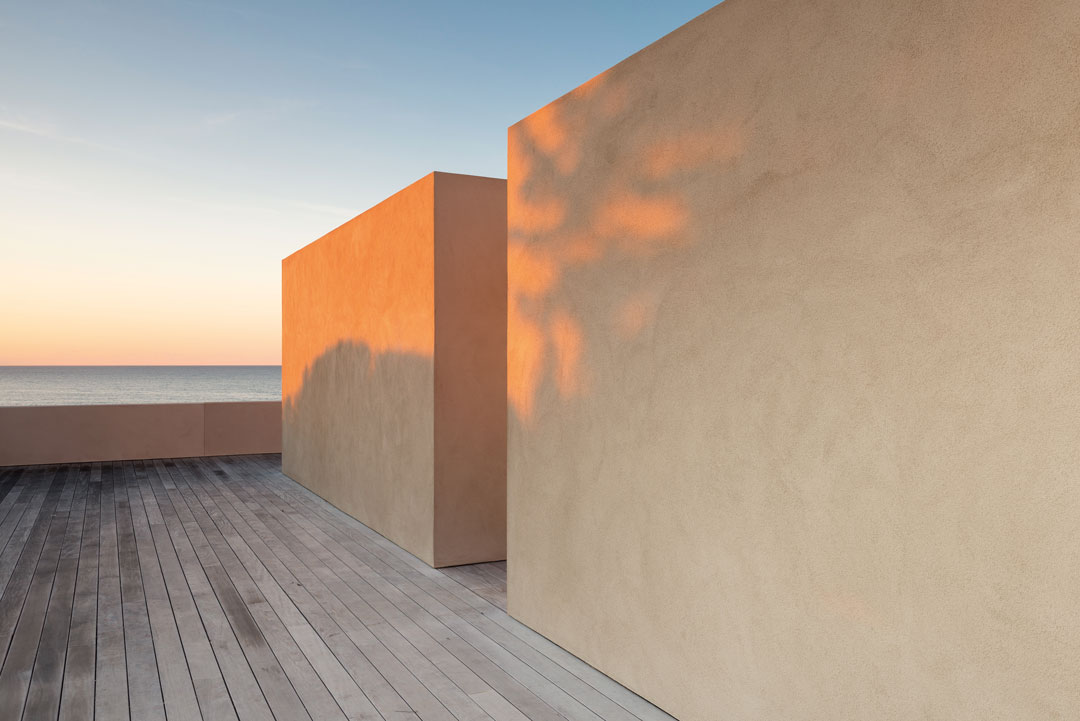
What was Calvin Klein's biggest influence on you? Wow. I learned so much. I learned how things are done and what’s achievable. That there are no borders, no restrictions. Meeting Calvin was a complete life change. But the Calvin period was stressful simply because the stakes were so high for me. I was moving into a bigger world. We were turning a bank into the flagship store in Manhattan. We’d actually gone to see it while it was still a bank and we’d queued behind Tom Wolfe [author of The Bonfire of the Vanities] and of course he turned round and said ‘Hi Calvin’, as he was queuing for the teller. Calvin knew everybody.
And it was an amazing space. Triple-storey windows on the outside consisting of many panes of glass. As a joke I said it would be great to have just one pane. Calvin said ‘Yeah! Sort it out.’ And I went ‘Oooooooh,’ because the openings were 34 feet high by 12 feet wide. Fortunately, that just happened to be the biggest size the Pennsylvania Plate Glass Company could float. We closed Madison Avenue four weekends to put these huge panes in.
I remember another occasion, we were talking about steel for some reason, and Calvin said ‘Oh well I’ll get Richard Serra on the phone’. And I thought, 'You’re going to bother Richard Serra for a bit of corten steel?' There was nobody that he couldn’t get on the phone.
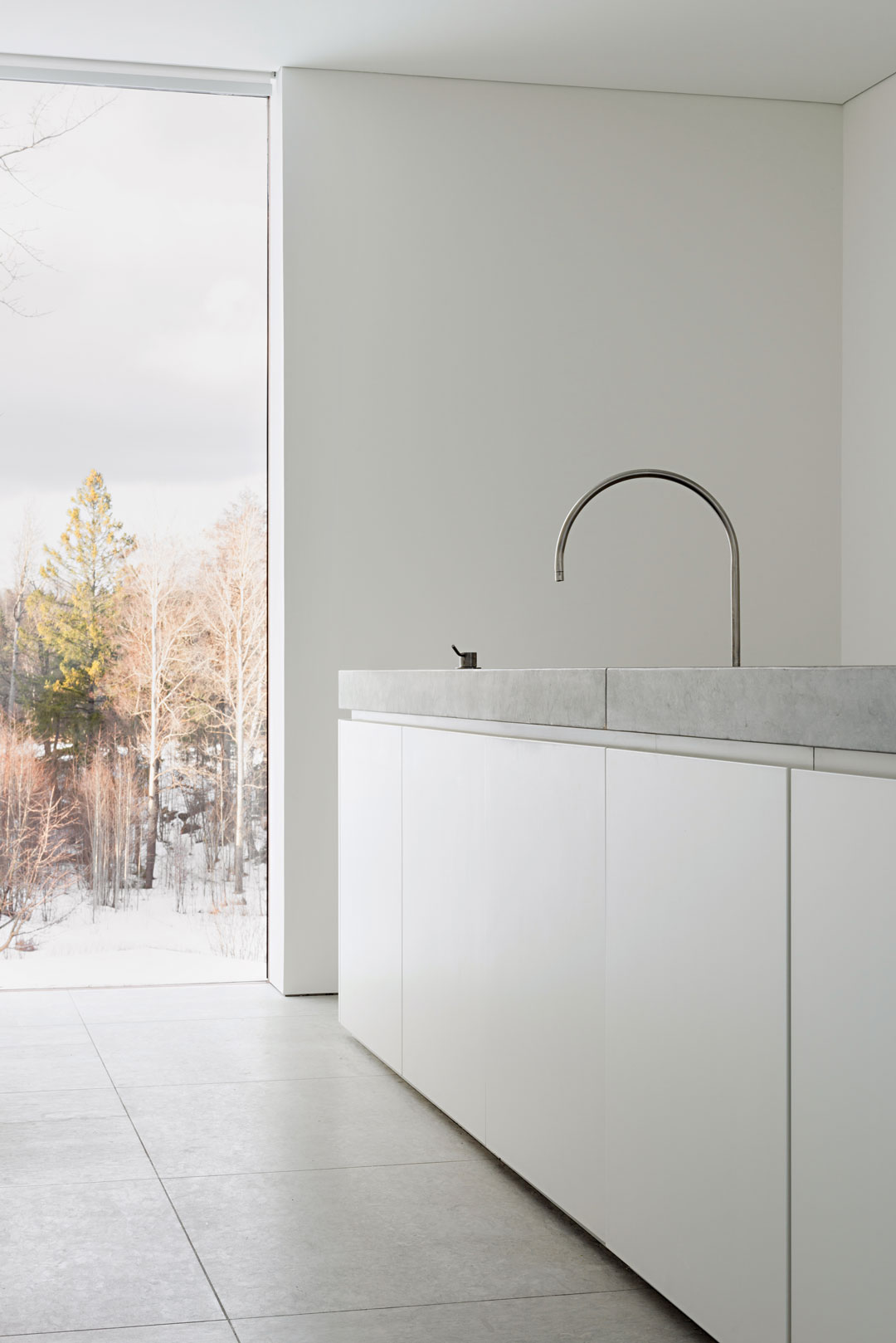
So what happens when the relationship isn't quite as conducive? You get sacked! When I was younger I did make changes on site and I would lower a ceiling to get rid of a beam. Because for me hiding a beam was what I did. [My view was] I’m the decider of these things so why is someone getting fussed about it? And of course they were paying me, so they thought they were in charge.
I was doing [British art dealer] Leslie Waddington’s house, God rest his soul. I got rid of a beam by lowering the ceiling a little. And he came in and said the ceiling seems lower. And obviously it was - it was also pink which didn't help. So he asked various friends what they thought – some pretty big cheeses actually, including Howard Hodkgin and Alistair McAlpine (British businessman, politician and advisor to Prime Minister Margaret Thatcher).
He then went off to New York that weekend to stay with Roy Lichtenstein and bent the poor artist’s ear about this young architect in London - this outrageous young man - who’d thrown his money back at him. Lichtenstein wasn't remotely interested! I can’t believe how stupid I could have been to get into an argument about it, but to me it mattered.
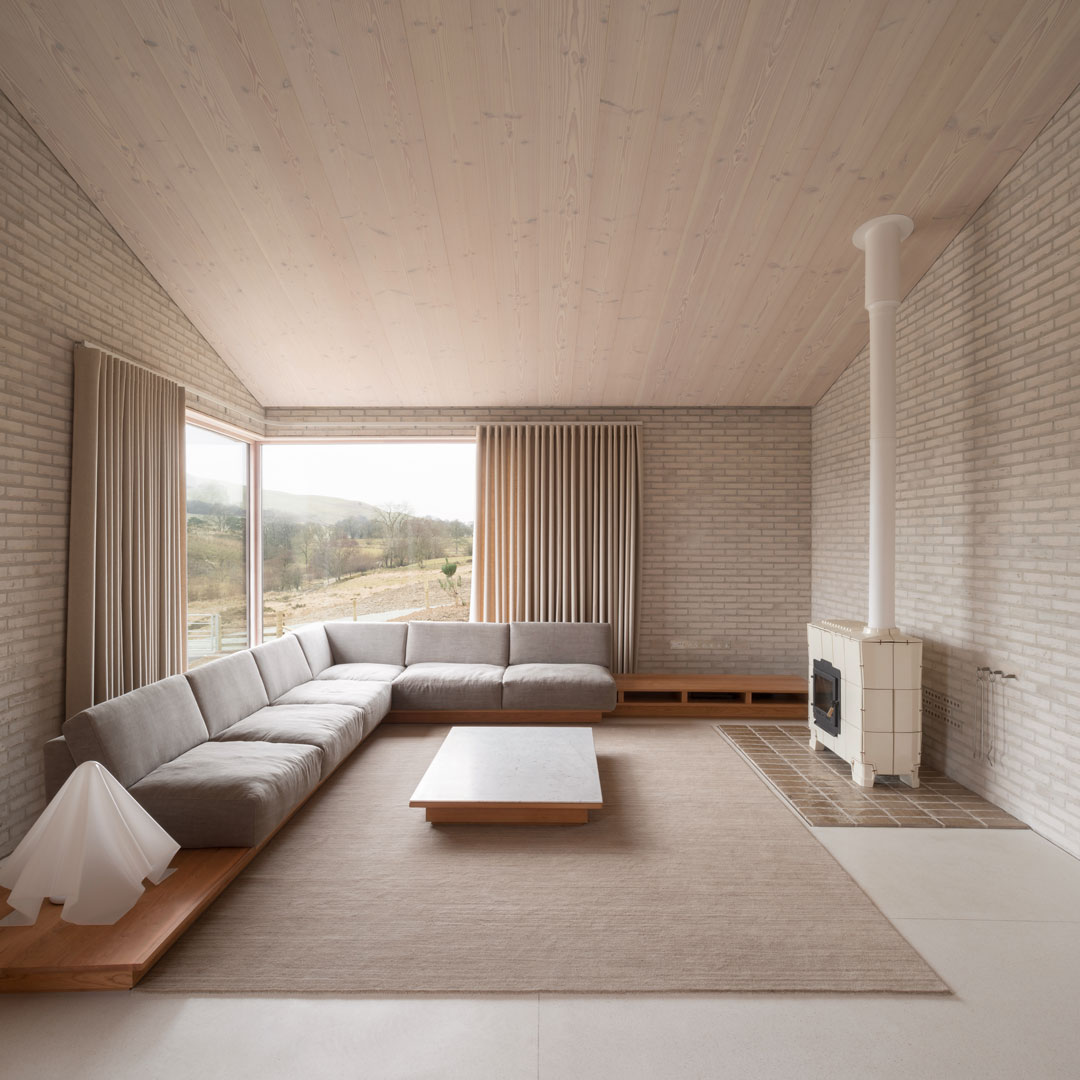
So what advice would you offer to the young John Pawson now? I’d advise him against telling a client to fuck off and sending them their fees back without being asked to! Leslie loved art and was surrounded by it; so art would always come before architecture. I remember I was proposing a second set of stairs in the house which would have freed the plan up, and he said that it would cost him a Picabia. So I told him to sell the Picabia. It seemed obvious to me. Now, of course, I get it!
How did it feel to send his money back? It was supremely satisfying, for about one second. But really, it's a bridge you don’t want to burn. And of course I owed Leslie so much after doing his galleries. Around the same time I split up with Hester [van Royen, Pawson’s former partner]. Then I split with Claudio Silvestrin, my architectural partner, so I was careering around a bit. Still, whatever it was that drove me to get on, instead of caving in, it spurred me on to make amends - or just do twice as well.
I guess that obsessional nature and drive and determination to get something right - sort of at whatever cost - was very deep inside me, and I was constantly doing that. Working at those edges was very stressful. Normally a sense of temper is a weakness but I guess the pressure pot sometimes has to pop.

Is it still a learning process for you? Absolutely. If you stop learning you’re fucked, really. I’m very lucky that I get offered a huge variety of different kinds of jobs - whether it’s a handbag shop or a ballet set or a monastery. I love that variety and the huge change in scale because it’s all architecture.
With the Design Museum I just treated it in the same way I treated everything else. But it was a curious experience. What I didn’t realise was that it was a very public building; anyone could walk in. They had a million visitors, I think, in the first year.
So of course everyone and his dog had a go. It was too high, it was too low, it was too big, it was too small, it was too woody, it was too white, it was too much like a hotel. Dezeen decided to do a collation of the criticisms in a list. Actually in the end it’s all bollocks and it doesn’t matter because, of course, the visitor numbers are there and there are a thousand people who love it compared to a few who don’t. You can't take too much stock of criticism unless you feel it’s valid.
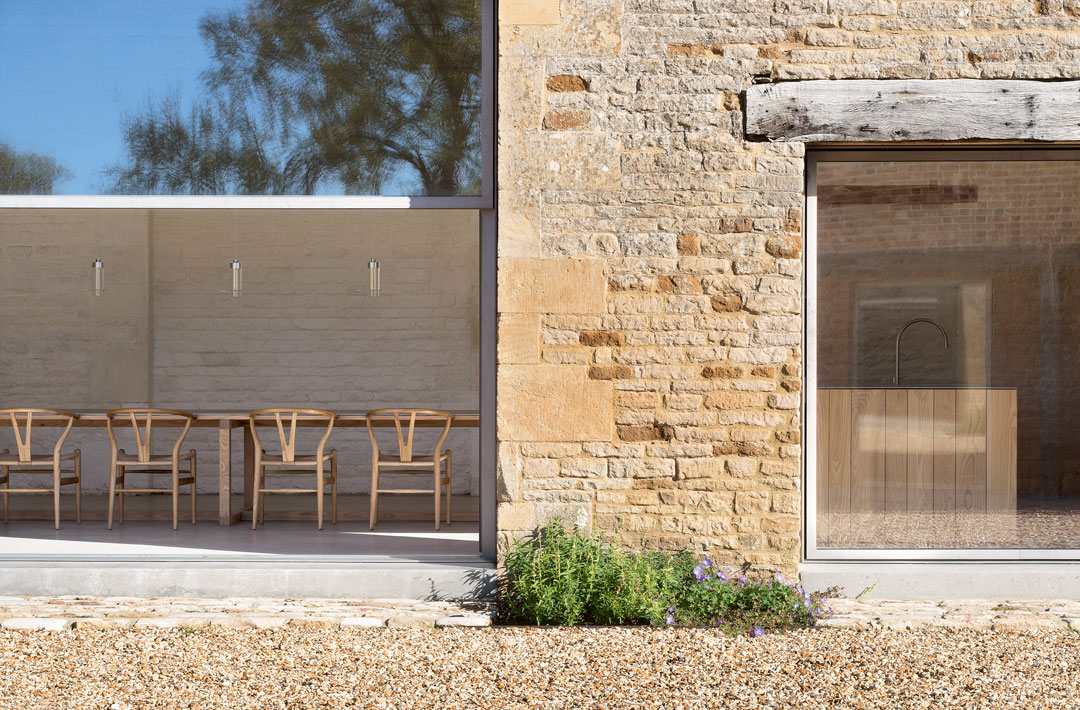
So what was it like being the client and the architect as you were on your own Home Farm - one of many standout projects in the new book? Well finalising the drawings took twice as long as with other clients. I used to think there’s only one way, but when you’re doing it for yourself there’s always more than one way, and you’re never quite sure.
It’s interesting because the farmhouse that we’ve done for ourselves was a series of existing buildings, described as disordered, in an architectural book on English farmyards. None of the buildings are at right angles to each other so it’s rather an amazing aerial plan. You get volumes that you wouldn’t normally get if you started from scratch.
You wouldn’t normally, in a newly built house, have a three-storey kitchen and you wouldn’t necessarily have a 50-metre-long house. It’s interesting the dynamic of how you deal with things you pick up from what was already there.
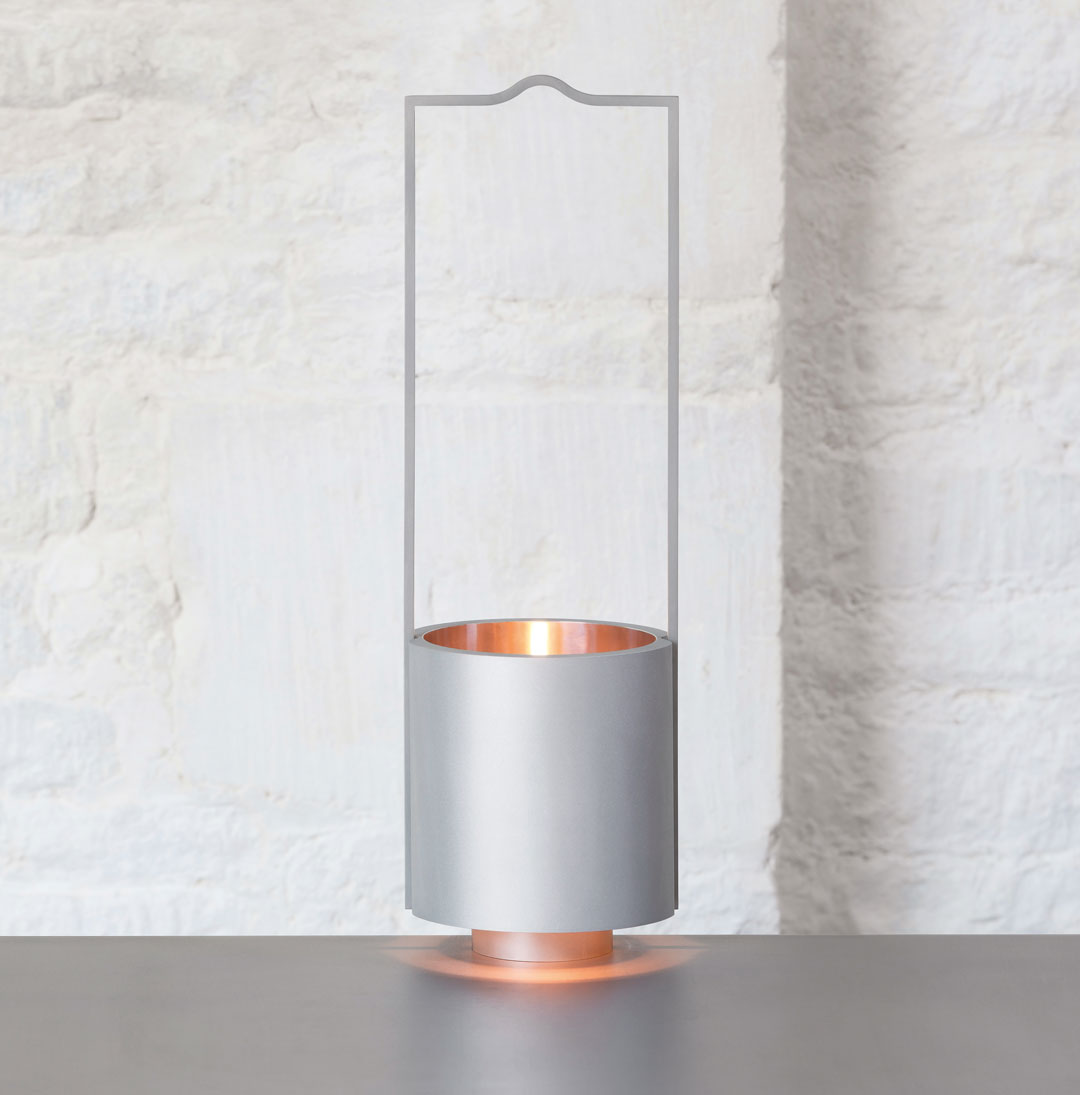
I definitely think I think there’s more in the country house than our London house; it’s more complex. There’s definitely a physical element that’s quite different. There are at least 28 rooms; there are at least three kitchens and four bedroom. It’s nice. You’re never far from a coffee.
Tell us about the 13th century citadel you’ve turned into a hotel in Jaffa, Tel Aviv, another of the most beautiful projects in the book. The interiors feature George Condo sculptures and Damien Hirst paintings, not what we would expect perhaps
Well Aby Rosen [owner of the Seagram Building] is the client and he has an amazing art collection, and a very certain taste. With most clients the architecture reflects their taste as well. You do different things for different clients.
For example the Cistercian trappist monks who are Catholic are interested in getting the best possible building for them. I’m sure my morals are of concern to them but their primary drive is getting the church they want. Normally I turn buildings into churches - at the hotel I changed a chapel into a nightclub! But Aby was very hands on and he hung in there since 2005 - that's very rare for a developer. He and I together worked out the stuff for the interior.
The interior of a building is really, really important. Obviously most people spend their lives in the building rather than walking around outside. But you can change the atmosphere of a building by making small changes. The mere placement of furniture or fabric is incredibly important. It’s not that I want to control everything but unless you do control a lot on the interior I don’t think you get the building really.
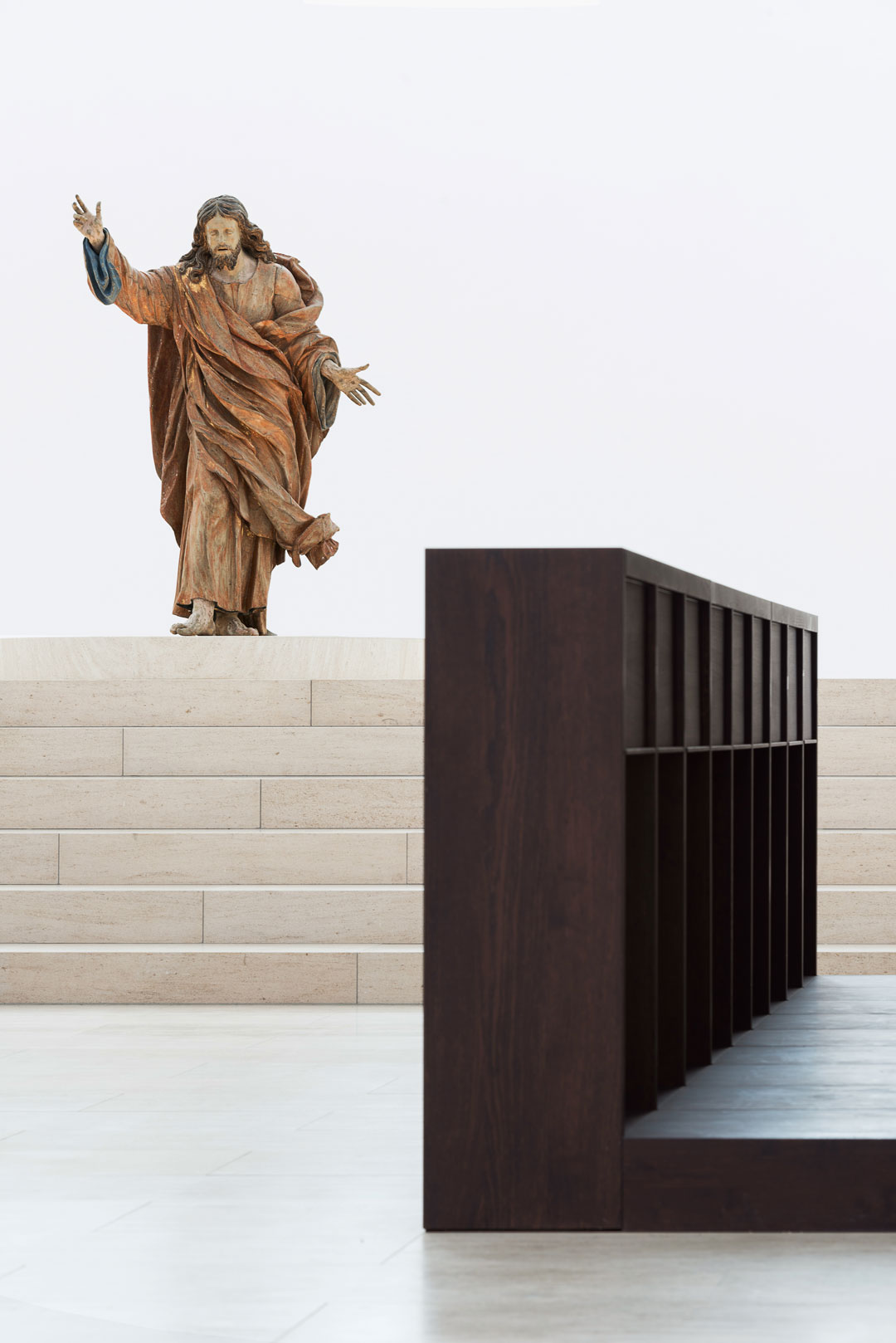
Have you noticed the client architect relationship change over the span of your career? Yes but it's generally made for an easier life for me. And also I’m older. Before I was half the age of the client now I’m twice the age. I have clients in their twenties. I don’t have a client who is older than me.
Yet you have a number of young fans. We have to ask you about your instagram account - one of the best curated we've ever seen Well, I have over 200,000 followers and people tell me I won't get anymore as there are about 200, practising architects in the world! But sometimes I’m surprised when a nice photo doesn’t get so many likes. Still, I shouldn’t complain.
There was a prize giving at the Albert Hall and Catherine (his wife) and I were sat next to this very sweet and unassuming young girl. I said ‘Oh do you do Instagram?’ She said yes do you? Then she got called away and I thought oh I wonder who that was, and somebody said that was [23-year-old US actress and singer] Zendaya. I looked her up and she was of course heading for fifty million followers.
Finally, where does it go next for John Pawson? I don’t know where it’s going. My mother always said to me if you don’t work you’ll get depressed and I always used to say no I’m quite happy. But she was absolutely right. I think I’ve always used work to avoid that time to be self-reflective and possibly get a little down.
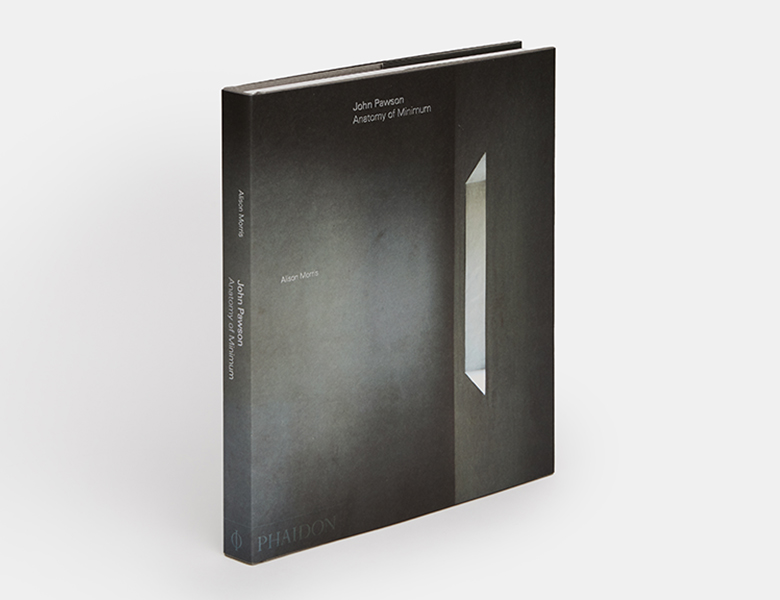
John Pawson: Anatomy of Minimum is the latest volume in Phaidon's documentation of John Pawson's stellar career. It hones in on the essential details that mark his distinctive architectural and aesthetic style. It groups a selection of his recent works into domestic projects, including his own house in rural England; extended sacred spaces; and repurposed structures, such as London's Design Museum. Throughout its pages, this book explores Pawson's unique approach to proportion and light and his precise language of windows, doors, and walls. Buy your copy here.